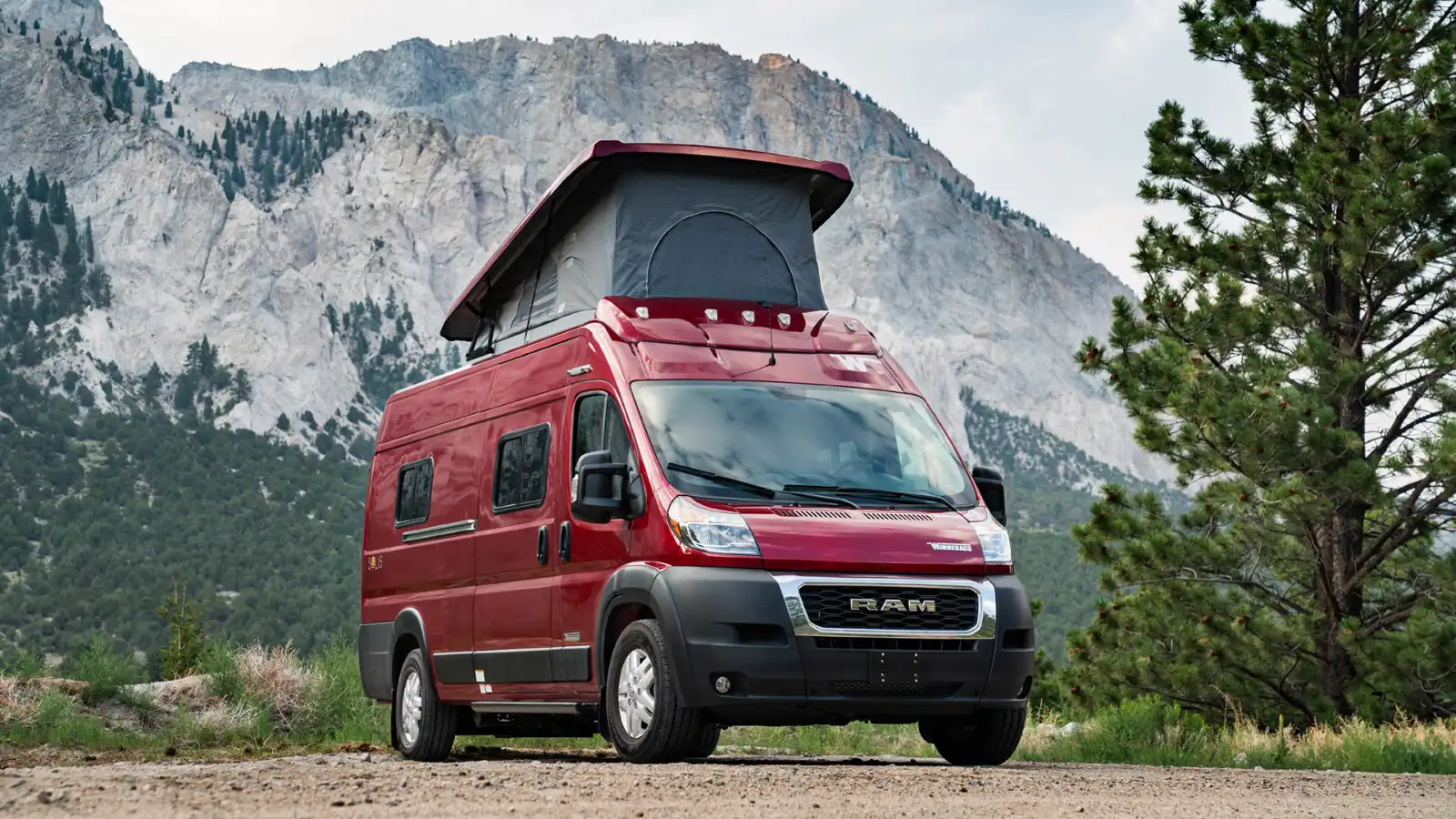RV beginnerRV ownership
Simple Guide to RV Holding Tanks [Capacity and Usage]
Posted on October 26, 2023
![Simple Guide to RV Holding Tanks [Capacity and Usage]](https://ghost-cdn.rvezy.com/2023/10/RV-sink-and-water-use.jpg)
If you plan on going boondocking or dry camping in an RV, it’s critical to understand how much fresh water you have on board and how you’ll know it’s time to empty your gray and black tanks.
Although most RVs feature built-in tank monitoring systems, their accuracy can be somewhat lacking, making it challenging to gauge the remaining freshwater supply and determine when it's time to empty the tanks.
In this article, we'll break down how many times you can perform everyday water-dependent tasks, such as showering and washing dishes, depending on your RV's size and tank capacity.
RV shower (gray water)
The average RV showerhead uses approximately 2.5 gallons of water per minute, and the average low-flow RV showerhead uses about 1.8 gallons per minute.
Showering for 8 minutes with a standard showerhead consumes 20 gallons of water.

Showering for 8 minutes with a low-flow RV showerhead reduces water usage to only 14.4 gallons per shower.

Check the tank levels in the RV often, especially before taking a shower or filling your sink with water.
RV sink (gray water)
The average faucet in an RV uses approximately 2.2 gallons of water per minute.
Washing your dishes, hands, or face and brushing your teeth with running water uses about 11 gallons of water in 5 minutes.

Washing your dishes by filling the sink uses between 3 and 5 gallons of water, depending on how much water you put in the sink.

Washing your hands and face or brushing your teeth with the water running for 1 minute will use 2.2 gallons of water.

Turning the water off saves 3 gallons, using only 1 gallon each time you wash up.
Gravity flush RV toilet (black water)
The average gravity flush RV toilet uses 16 ounces of water to flush liquid waste and 1 gallon of water to flush solid waste.
Flushing liquid waste in a gravity flush RV toilet uses about 16 ounces of water per flush. If you're conservative with your water, you can flush your gravity-flush RV toilet eight times before using 1 gallon of water.
RVezy host tip: Create a water usage guide for your RV, and give your renters an idea of how much water they can use in your RV before needing to dump their tanks or refill their fresh water.

Flushing solid waste in a gravity flush RV toilet uses about 1 gallon of water per flush. You can flush your RV toilet eight times before using 8 gallons of water.

Most RVs have separate black water and gray water holding tanks, but it's not uncommon for smaller rigs to have a two-in-one combination tank.
How much water do you need per day when boondocking?
Since boondocking and dry camping require campers to rely on onboard facilities instead of campground hookups, it’s important for each person to be mindful and diligent about conserving water. Running water unnecessarily, even just a few minutes, can deplete your freshwater supply quickly.
RVezy tip: Always use the campground hookups or on-site services when you can to eliminate the need to be ultra conservative with your tank use.
When it comes to daily water use, the number of people in your RV, paired with each person’s water conservation efforts, determines how long you can last without refilling the water.
As a general rule of thumb, if you’re careful about your water consumption, you can expect to use about 4 gallons of water per day per person for drinking, taking navy-style showers, using the bathroom, and using the sink minimally for cleaning hands and teeth. You should also expect to use an additional 4 gallons of water per day for communal tasks such as cooking and cleaning the dishes.
In the examples below, we break down how many days you can spend boondocking based on how many people travel with you and the above-mentioned water guidelines.
What about the gray and black holding tanks?
Although we highlight fresh water — because fresh water goes into the black and gray holding tanks — it's important to monitor the levels in your black and gray water tanks when boondocking or dry camping.
You can monitor your tanks using the built-in tank monitoring systems, but keep in mind that these systems aren't always accurate.
RVezy tip: If you know how much fresh water you've used, you can better gauge how much water is in your black or gray holding tank.
How long will the freshwater tank last by RV type?

2024 Fleetwood Bounder 33C
Freshwater tank
A 100-gallon freshwater tank will allow:
- Two people to boondock for approximately eight days.
- Four people to boondock for approximately five days.
- Six people to boondock for approximately three days.
Gray water tank
100 gallons
Black water tank
42 gallons

2023 Winnebago Solis 59 PX
Freshwater tank
20-gallon freshwater tank will allow:
- One person to boondock for approximately three days.
- Two people to boondock for approximately two days.
Gray water tank
20 gallons
Cassette toilet
5 gallons

Outdoors RV Timber Ridge 22FQS
Freshwater tank
80-gallon freshwater tank will allow:
- Two people to boondock for approximately six and a half days.
- Four people to boondock for approximately four days.
- Six people to boondock for approximately three days.
Gray water tank
50 gallons
Black water tank
40 gallons
Water-saving tips for RVers
- Turn off the water when brushing your teeth or washing your hands or face.
- Do all your dishes at once and fill the sink with a small amount of water. Always clean your dishes from cleanest to dirtiest to avoid the need to change your water.
- Put a bucket in the shower to collect as much water as possible before it goes down the drain into the gray tank.
- Reuse the gray water you collected from your shower to flush the toilet. You'll help conserve your freshwater supply and potentially use up less of your black water tank.
- Place a bowl in the sink to collect gray water when turning on the sink for a quick rinse of something. You can reuse the water to flush the toilet.
- Use campground showers and restrooms if you're staying in a dry campsite or a campground without a dump station.
- Use the outdoor shower to rinse dirty shoes, wash your dog's paws, or even shower if you're boondocking.
- Install low-flow shower heads in your RV.
- Install a water shut-off valve on your shower if the shower head doesn’t have one. A shut-off valve will help regulate the water temperature better than turning the water on and off to conserve water while lathering.
Related reads
How to Find an RV Dump Station Near You
Beginner's Guide for Reserving a Campsite
How to Use an RV Toilet
